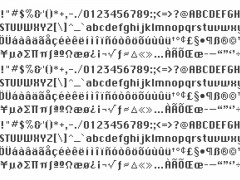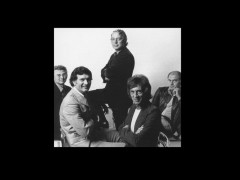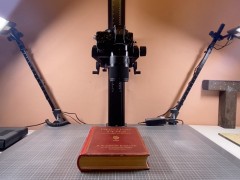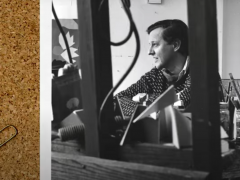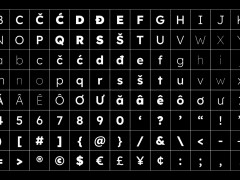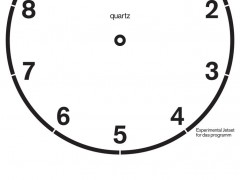Eccentric and baroque: the architectural alphabet of Johann David Steingruber
Born in 1702 and raised in Bavaria in a wealthy family of building contractors, German architect and agricultural inspector Johann David Steingruber learned masonry and architectural drawing from his father and uncle.
Distinguished from a young age for his designs, he went from being a simple mason to a designer at the court of Marquis Christian Friedrich Charles Alexander of Brandenburg-Ansbach.
Over the years he designed and directed work on a large number of buildings, including churches, schools, hospitals, town halls and other institutional buildings, as well as breweries and houses.
From A to Z: Sir Peter Blake’s Alphabet Suites in all their glory
Regarded as the founder of the Markgrafenstil -a style typical of many churches built in the 1700s, especially in Protestant areas of the Brandenburg region, characterized by a simple, typically Calvinist style-, Steingruber who created more than 100 buildings to his name is best known for the fictional intricate illustrations of his 1773 Architectural Alphabet, in which he converted the alphabet into plans for a series of eccentric baroque buildings.
The volume, a copy of which is now held at the Austrian National Library, has been digitized and can be browsed in its entirety as well as downloaded for free at Archive.org.
Tags/ typography, alphabet, architecture, johann david steingruber


